Apple's iPhone Air promises something we haven't seen in years: the chance to actually choose what matters most to you in a smartphone. After spending time with Apple's thinnest iPhone ever, measuring just 5.64mm thick, it became obvious that this device is more than just another incremental update.
The Air launched alongside the iPhone 17 series on September 19, 2025, with global availability starting September 26. It starts at $999 with 256GB of storage and can be configured up to 1TB for $1,399; that pricing backs one of Apple's boldest design moves in years. What makes the Air compelling is not just the record-breaking thinness; it is how Apple packed meaningful performance into such a constrained form factor and built a device that makes you rethink what you actually need.
Design engineering that actually matters
The iPhone Air's ultra-slim profile is a genuine engineering feat. At 5.64mm thick, it edges out Samsung's Galaxy S25 Edge while hanging on to a level of rigidity that surprises you the second you pick it up.
Apple's durability testing tells the real story. Machines pressed 130 pounds of force into the center of the phone; it bowed under pressure but did not crack or snap, according to ZDNET. That is not just stagecraft. It answers the first question anyone asks when holding something this thin: Will it survive the commute in a backpack or a crowded train?
Material choices make the difference. While other iPhone 17 models moved to aluminum alloy, the Air keeps a premium titanium frame. The payoff is structure without heft; total weight lands at 165 grams. Ceramic Shield 2 adds another layer of protection, with three times better scratch resistance compared to the iPhone 16 Pro.
Apple designed the Air to be comfortable without a case, a daily tool that doubles as a design statement. Available in four muted colors, Sky Blue, Light Gold, Cloud White, and Space Black, it reads as refined rather than shouty.
Performance that doesn't compromise where it counts
Heat is the obvious challenge with a phone this thin, yet the iPhone Air hits flagship speeds anyway. Apple dropped the same A19 Pro chip found in the iPhone 17 Pro models. Thin does not have to mean slow.
The memory choice underscores Apple's priorities. The Air includes 12GB of RAM, a clear jump from the iPhone 17's 8GB. That extra headroom reduces swapping under load and eases thermal strain during heavier tasks. Breathing room.
Running iOS 26, the Air handles real-time language translation and intelligent photo processing without thermal throttling. The thermal management here is impressive, especially since the device skips the vapor chamber cooling found in Pro models.
The 6.5-inch OLED brings 120Hz ProMotion and 3,000 nits peak brightness. It hits the familiar 460 PPI and supports an always-on display. The new N1 wireless chip enables Wi-Fi 7, Bluetooth 6, and Thread networking support; handy as more of our workflows go wireless.
The camera trade-offs you need to understand
The iPhone Air's single 48MP Fusion camera is Apple's biggest camera compromise in years, and it is not as limiting as you might think.
One lens, less fuss. You still get 2x optical quality zoom via sensor cropping, Photographic Styles, and 4K Dolby Vision video recording. For the everyday stuff, portraits, school events, and social feeds, it produces clean color and sharp detail. The 18MP front camera adds Center Stage for automatic reframing on video calls, a small quality-of-life win for remote meetings.
There are limits. Landscapes and macro shots trail the Pro models with multi-lens rigs. You lose the drama of ultra-wide perspectives and the delight of extremely close detail. The flip side, fewer lenses push you to think about composition, step forward, step back, frame smarter.
Not a deal-breaker, a different philosophy. The camera excels inside its lane and simply asks for more intentional shooting.
Battery life reality check
Battery life is the real compromise, and you feel it. The slim body means a smaller cell, rated for 27 hours of video playback compared to the beefier models in the lineup.
In testing, the Air hit 12 hours and 2 minutes in web surfing, well behind the iPhone 17 Pro Max at 17 hours and 54 minutes, Tom's Guide reports. Those numbers translate to daily behavior, more midday charging, and less carefree marathon use.
Fast charging helps, 50 percent in 30 minutes in tests. An optional $99 MagSafe battery pack stretches video playback to 40 hours, though strapping on a pack undercuts the whole ultra-portable vibe. iOS 26's Adaptive Power feature is enabled by default to balance performance and longevity, but physics still wins.
So you plan ahead. Coffee break top-ups, a cable in the bag, a little awareness of heavy days.
Why the Air finally makes sense
The iPhone Air works because it meets a reality Apple has sidestepped: not everyone wants the same phone. It is Apple's first major design overhaul since the iPhone X, a shift from size tiers to distinct experiences built around different priorities.
The timing tracks with the market. Replacement cycles have stretched to 4.7 years and may hit five by 2026, so meaningful design swings are what move people. The Air provides something genuinely new, a reason to upgrade that is not just a spec checkbox.
There is proof of demand. Samsung's S25 Edge cleared a million units in its first month, a clear signal for ultra-portable premium devices. The Air aims at buyers who prize aesthetics, portability, and in-hand comfort over absolute maximum specs.
In Apple's lineup, the Air stands on its own, with fewer compromises than you would expect and a fresh identity. It does not feel like a stripped version of a "real" iPhone; it feels purpose-built. If you have held onto a phone for 36 months or more, the design alone can be enough to nudge an upgrade, not just a spec bump but a different flavor of iPhone.
Bottom line, the iPhone Air gives you agency. It prioritizes design and portability while keeping core iPhone capabilities intact, and it lets you pick your trade-offs with eyes open. If light, thin, and genuinely pleasant in the hand are what you value, this is the first iPhone in a while that feels made for you.




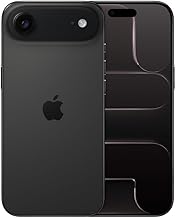

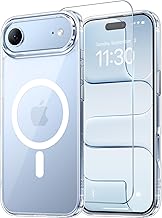
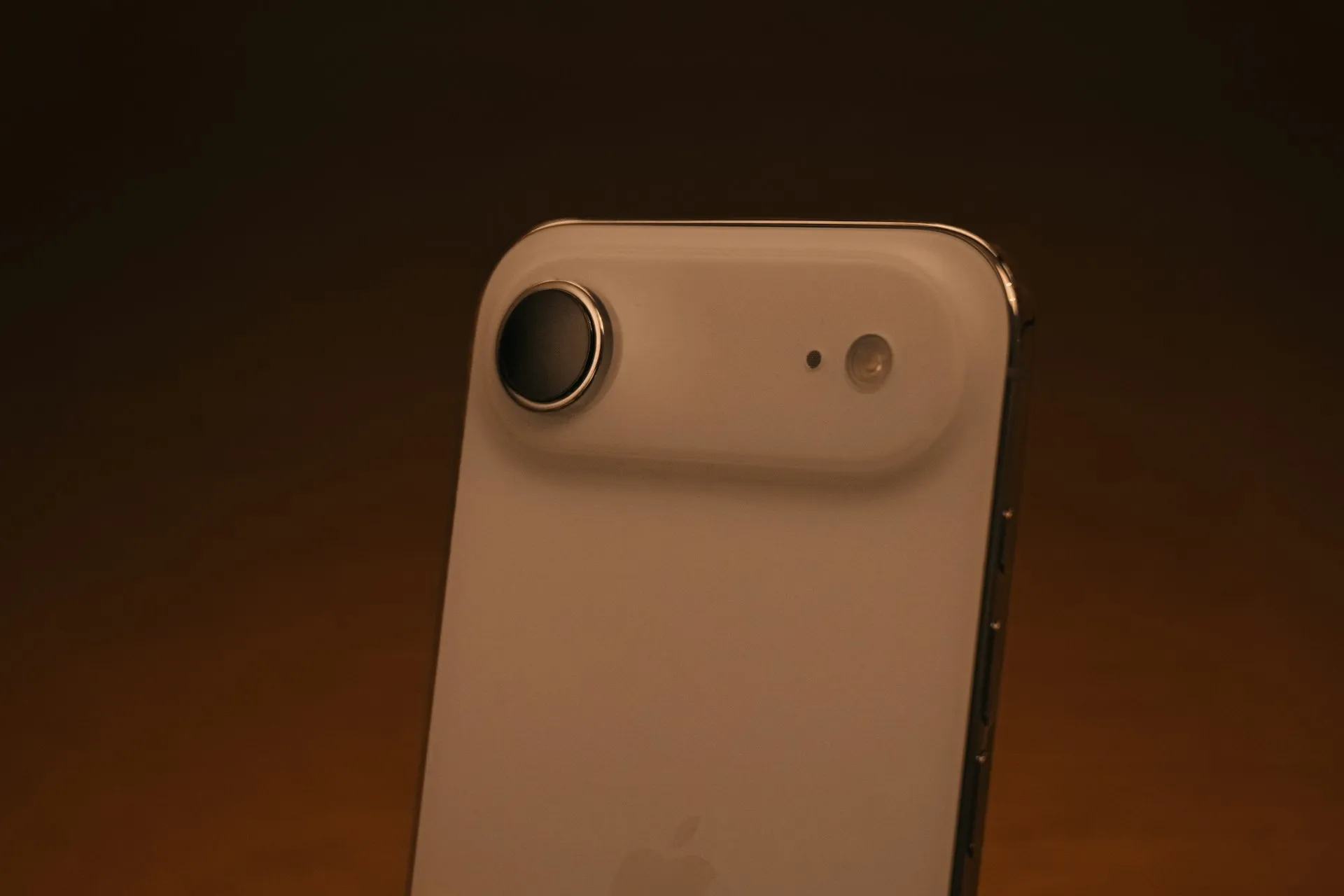
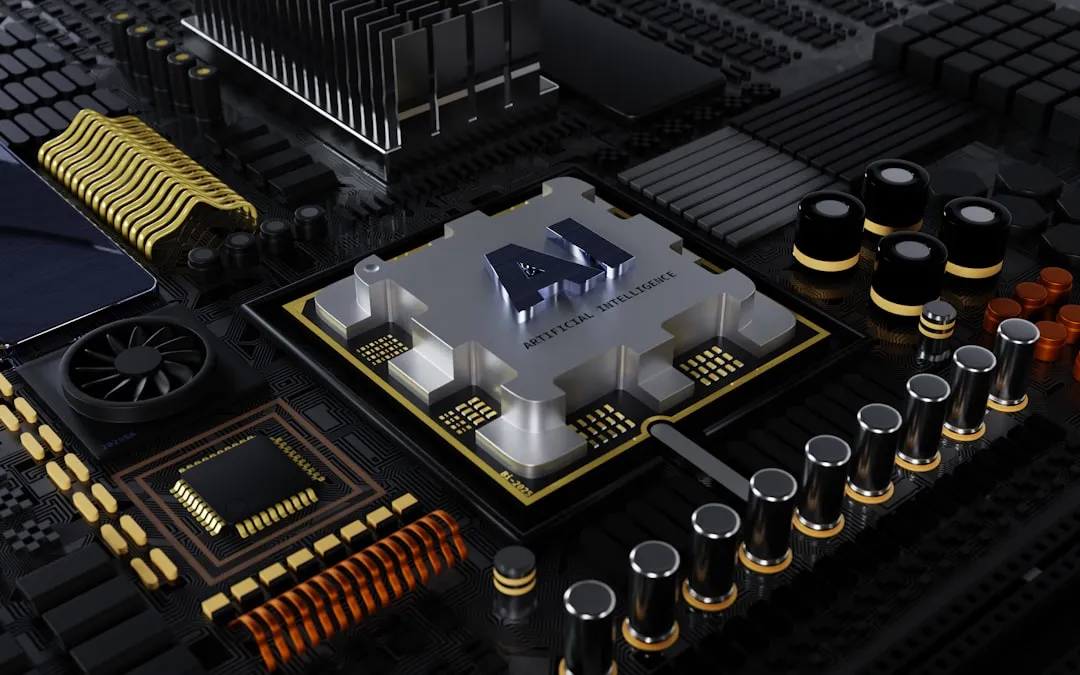
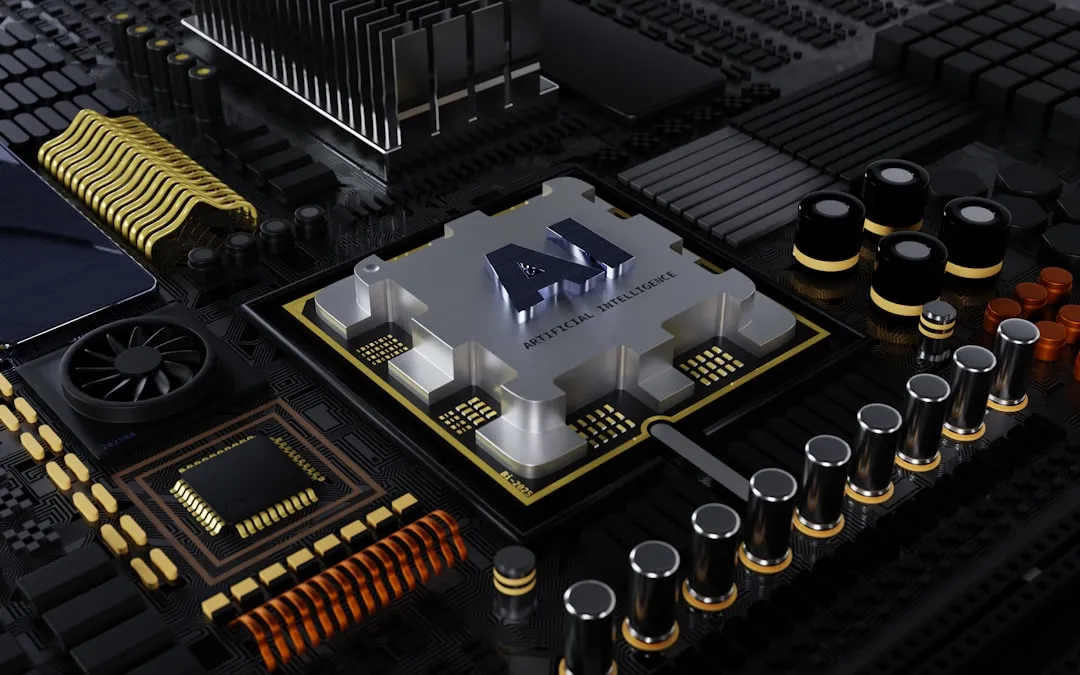
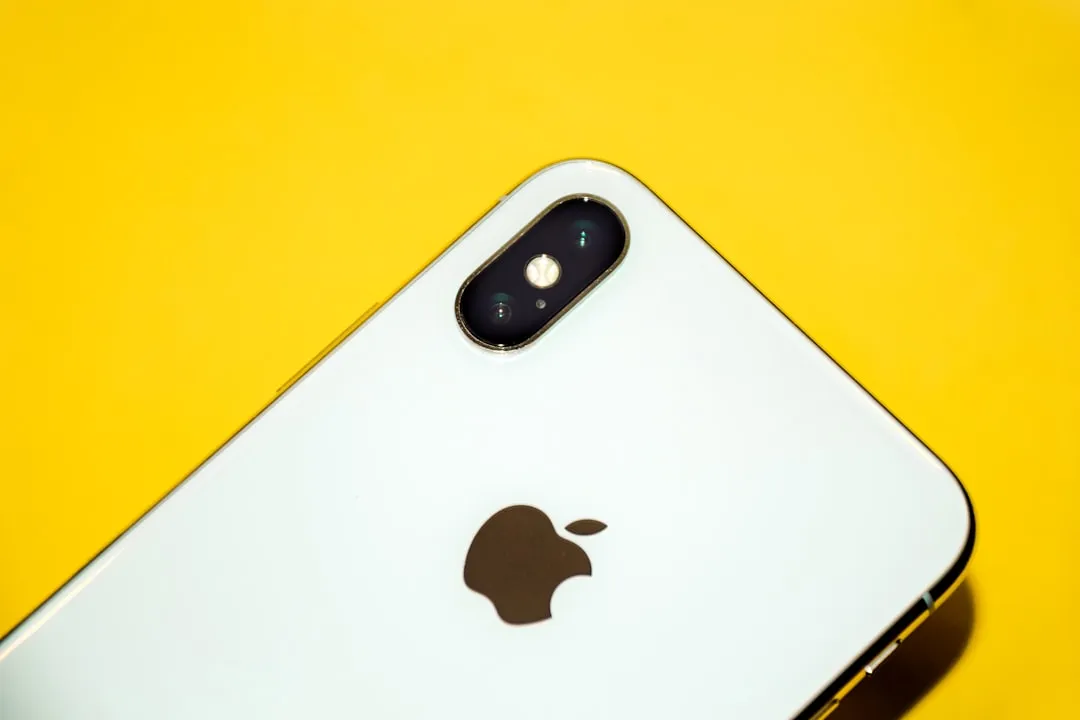
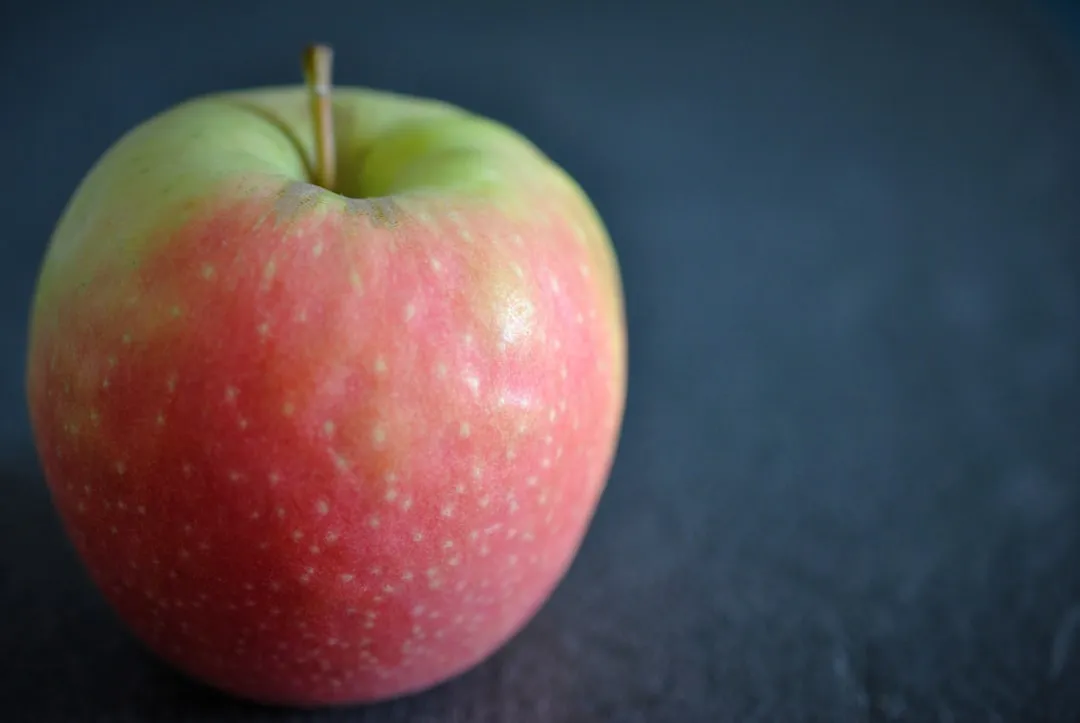
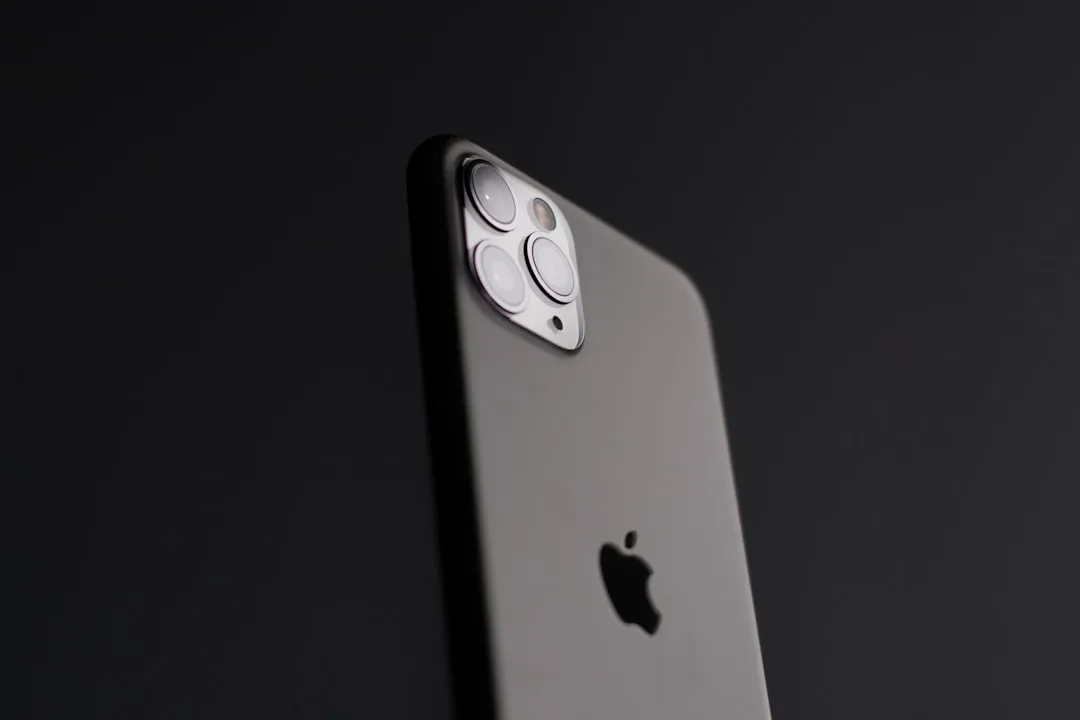


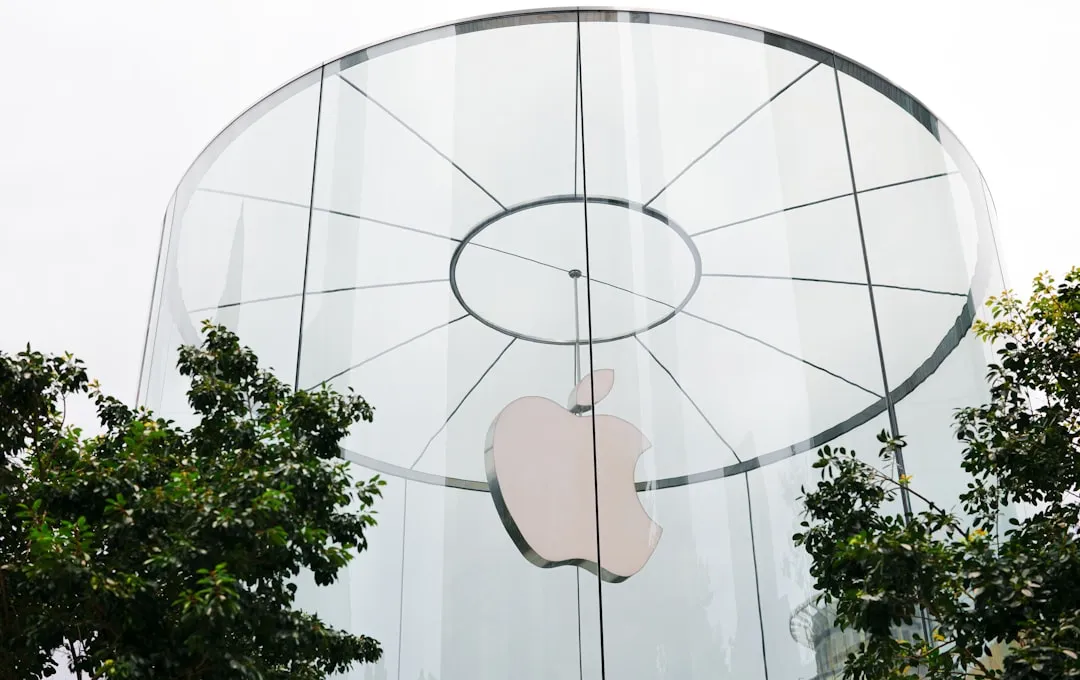
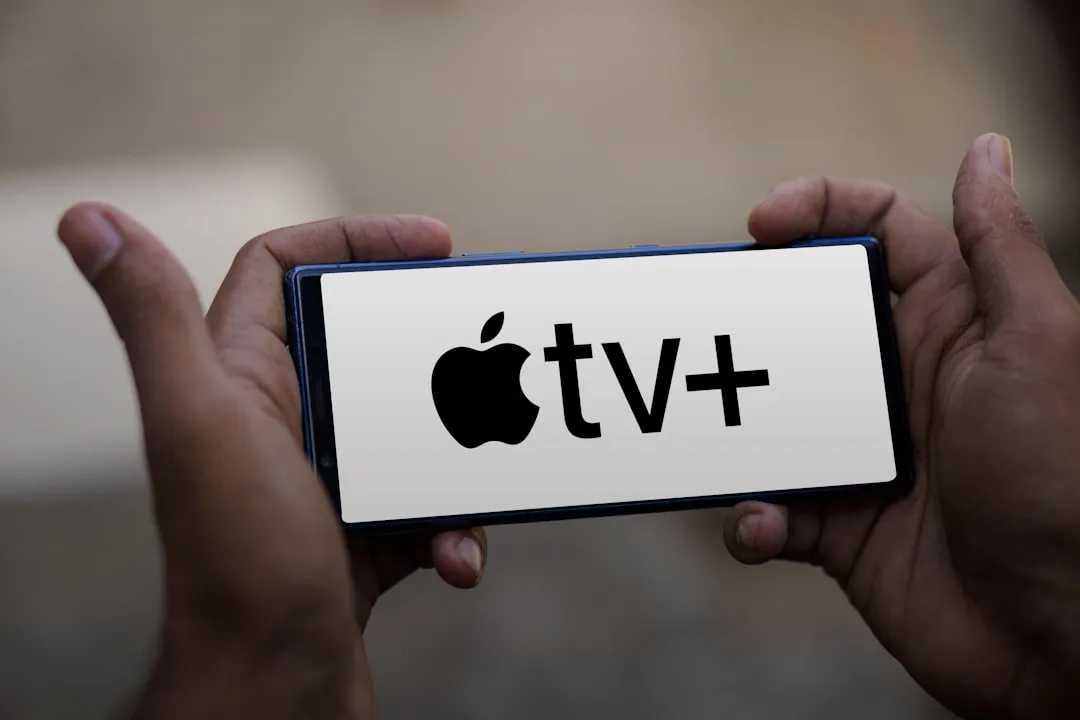
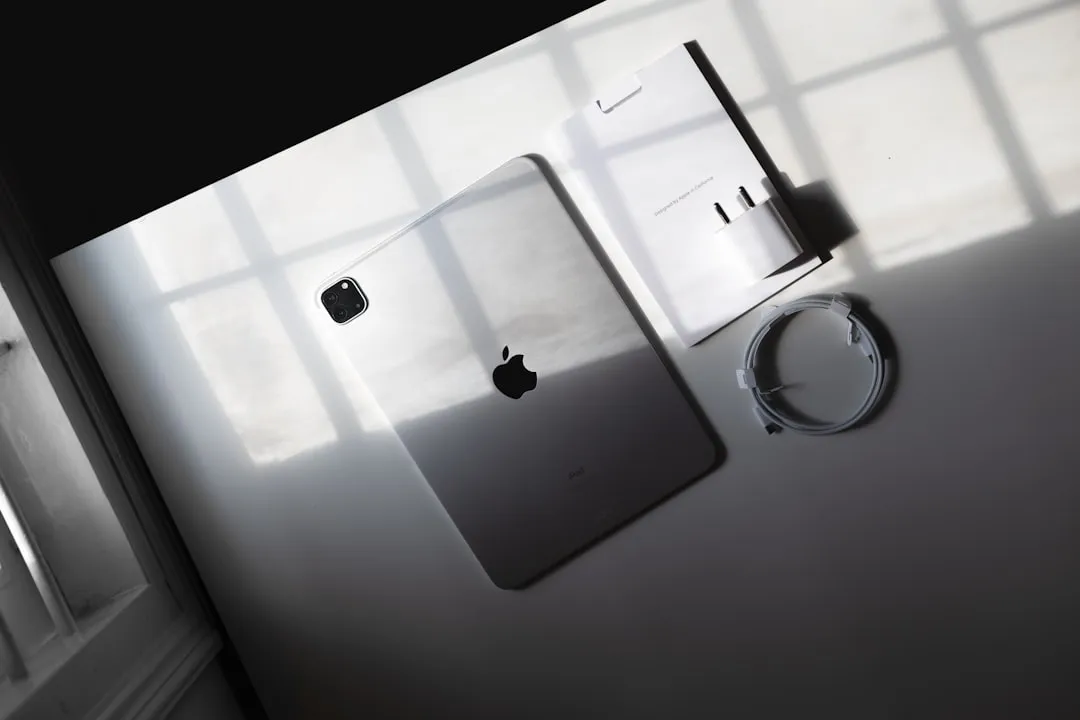
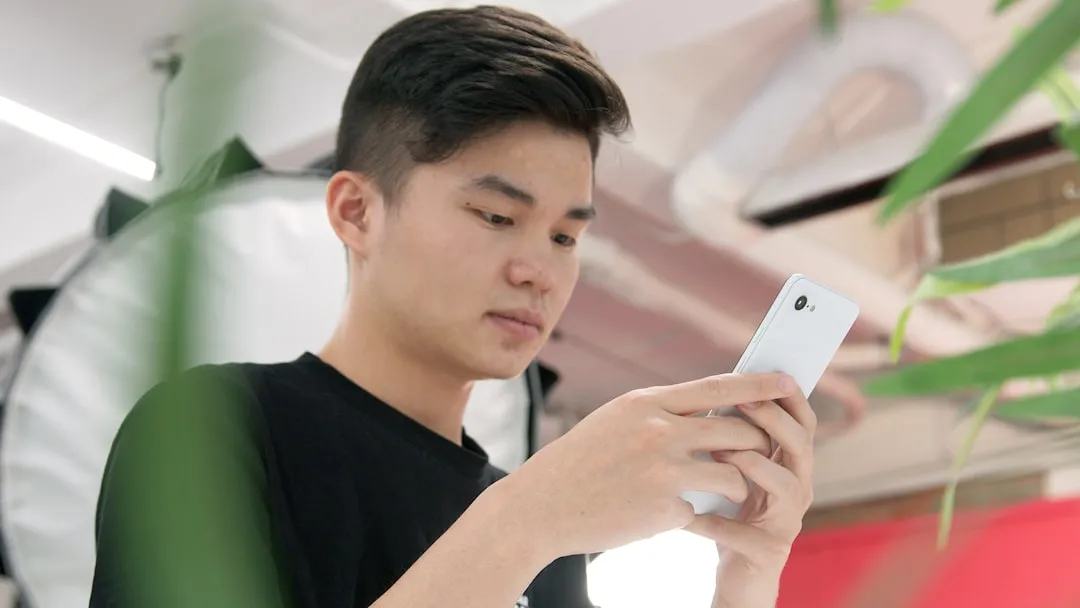
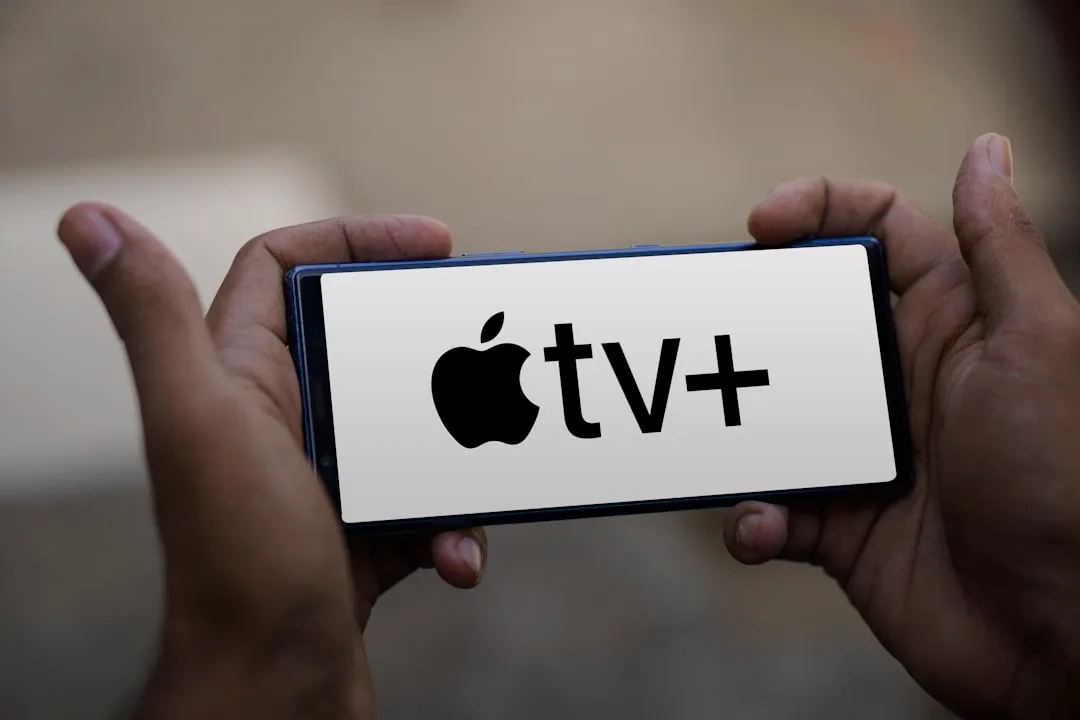

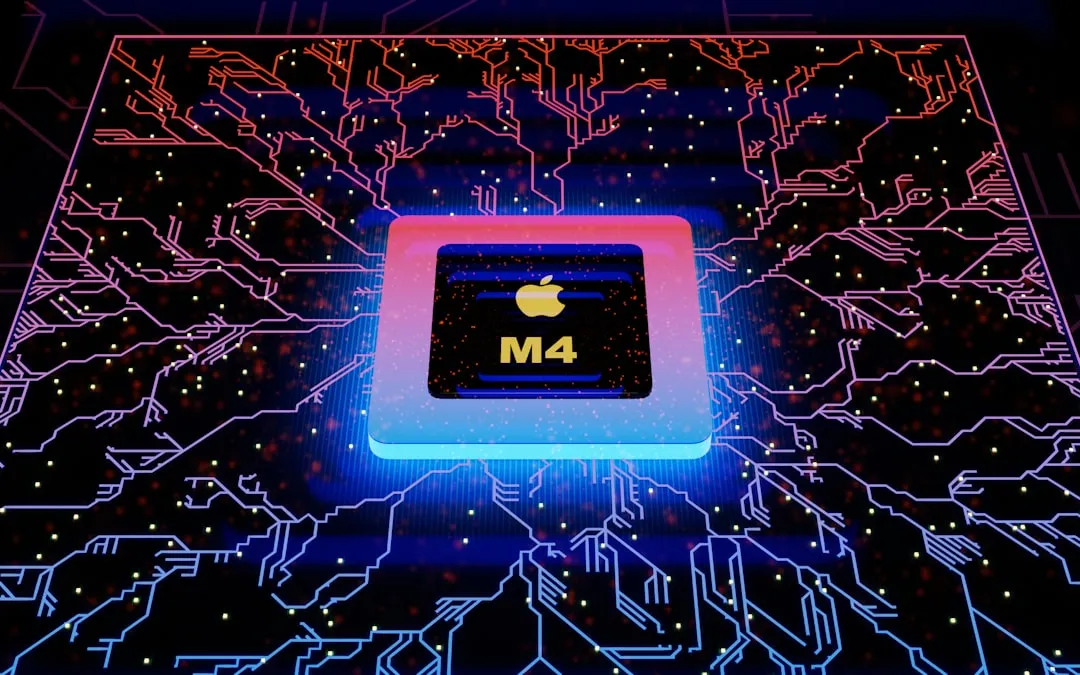
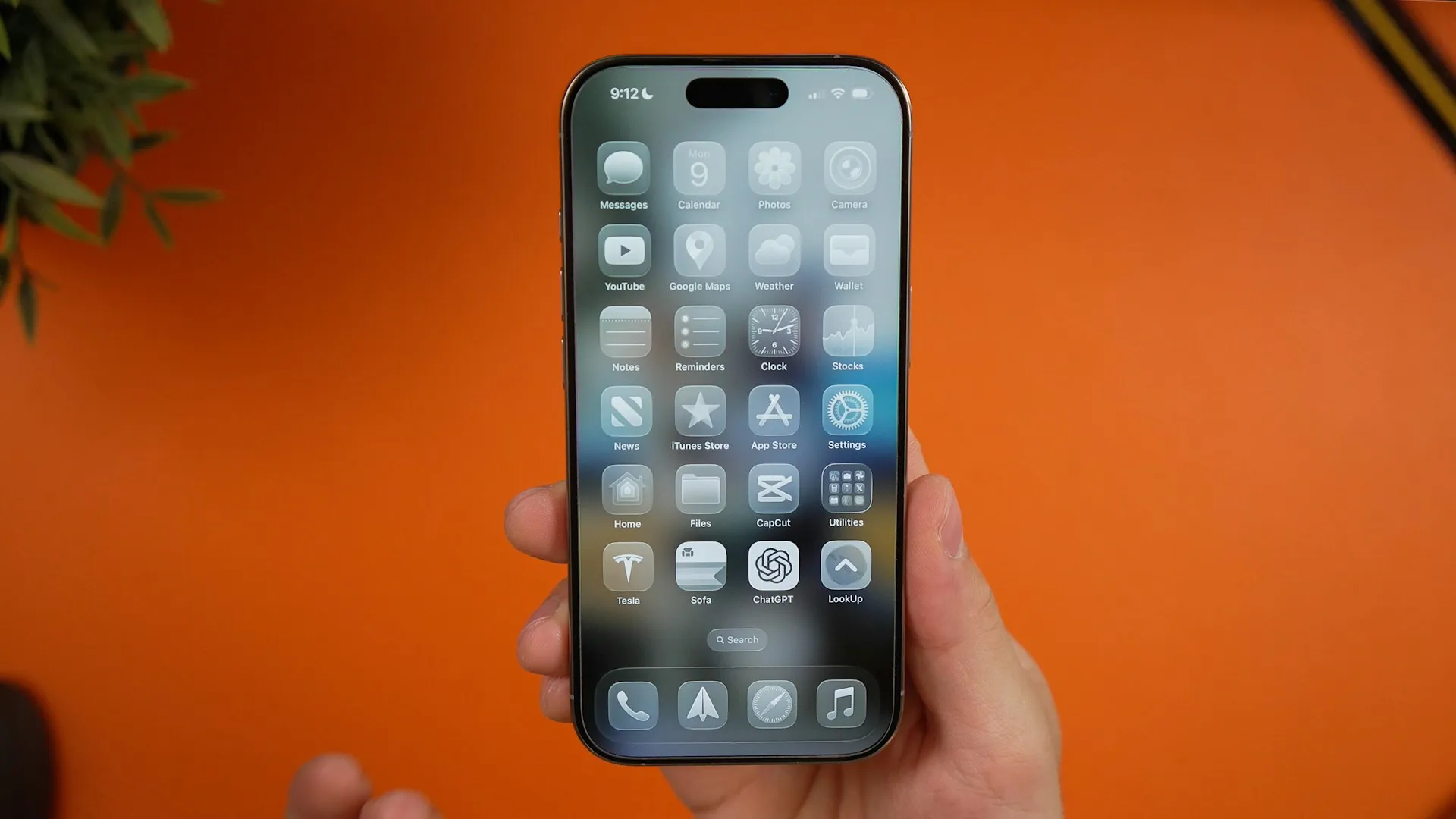

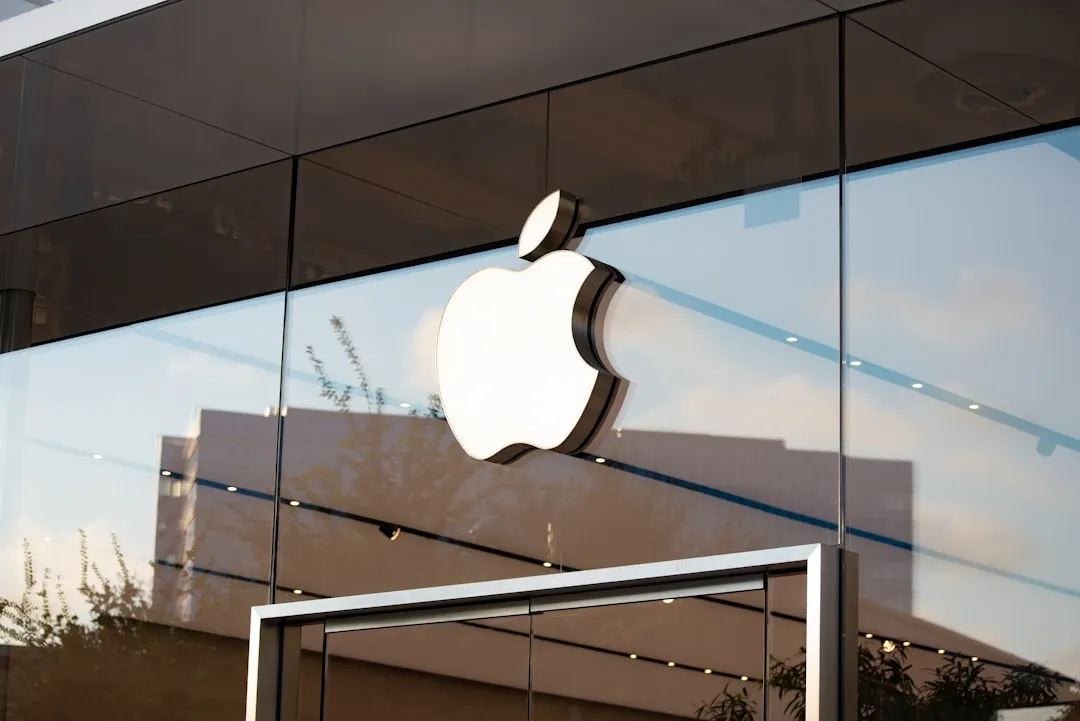



Comments
Be the first, drop a comment!